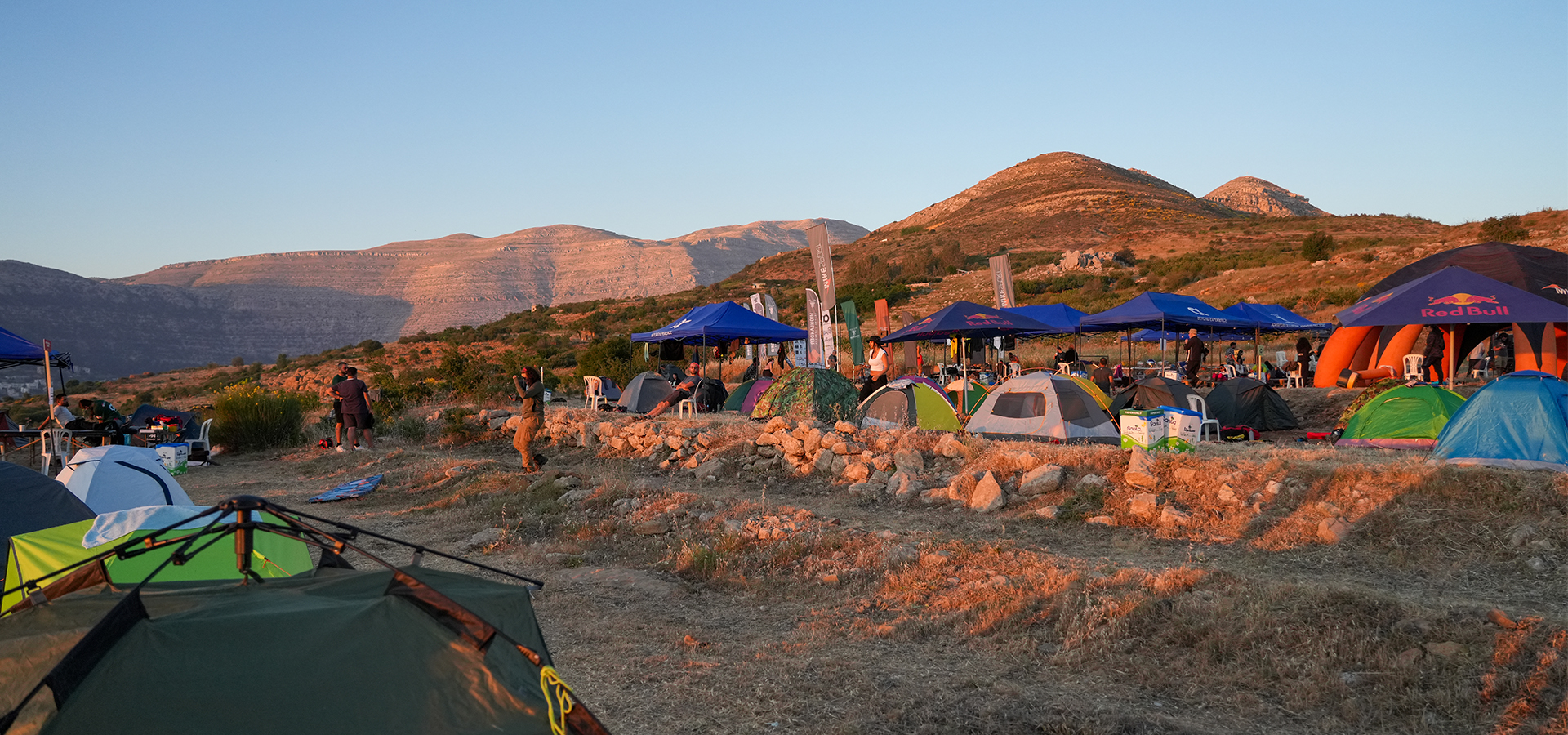
Understanding Endurance – Mario Fares (Part 2)
- April 4, 2020
- 0
Author: Mario Fares
Inspired by the Philosophy of The Uphill Athletes
Source: Training for the Uphill Athlete: A Manual for Mountain Runners and Ski Mountaineers.
Defining the Heart Rate Zones
After understanding the two-metabolism systems in part 1, defining the heart rate zones, will play a main role in understanding the intensities of our workout.
- Zone 1: The heart rate in this zone should be between aerobic threshold (Aet) -20% and Aet -10%. The effort should be very easy for beginners and easy for moderate athletes. The zone targets the aerobic conditioning and is totally fueled by fats. The muscles recruited in this zone are the slow-twitch muscles and the duration of this zone can be between 30 minutes to several hours.
- Zone 2: The heart rate in this zone should be between Aet -10% and Aet. The effort should be moderate for the athletes and easy for those with low aerobic capacity. This zone increases the aerobic capacity and the economy of movement. It is also fueled by fats and has the maximum fat utilization. In addition, the muscles recruited in this zone are mostly slow-twitch, and the duration of this zone can be between 30 to 90 minutes.
- Zone 3: The heart rate should be between Aet and Lactate Threshold. The effort should be medium and not exhausting. In this zone we are targeting the aerobic capacity along with the anaerobic capacity. The body starts to fuel on the anaerobic metabolism. All the slow-twitched muscles are recruited in this zone, along with some fast-twitched muscles. The duration of the training should be an interval of 10 to 20 minutes continuous to 60 minutes.
- Zone 4 and 5: The heart rate (HR) should be between Lactate Threshold and max HR. The effort should be hard. In this zone we reach the maximal aerobic power, strength, speed and endurance. The body fuels on both the aerobic and the anaerobic system. All the muscles are recruited and the training period should be intervals of 30 seconds during an 8 minutes’ duration.
Aerobic and Anaerobic Threshold
After defining the heart rate zones, assessing your aerobic and anaerobic threshold is important for every athlete because based on these numbers you can plan the intensity of your workouts.
Aerobic Threshold or Aet (Top of Zone 2):
MAF (Maximum Aerobic Function) Formula:
To find the maximum aerobic heart rate:
1. Subtract your age from 180 (180 – age)
2. Modify this number by selecting a category below, that best matches your health profile:
a. If you have, or are recovering from, a major illness (heart disease, high blood pressure, any operation or hospital stay, etc.) or you are taking medication, subtract an additional 10.
b. If you have not exercised before or have been training inconsistently or injured, have not recently progressed in training or competition, or if you get more than two colds or bouts of flu per year, or have allergies, subtract an additional 5
c. If you’ve been exercising regularly (at least four times weekly) for up to two years without any of the problems listed in a or b, keep the number (180 – age) the same.
d. If you have been competing for more than two years without any of the problems listed above, and have improved in competition without injury, add 5.
Nose Breathing:
Start by using an inclined hill in the range of 5 to 10 degrees. Start by warming up for 15 minutes and make sure it is low intensity. After this warm up, directly begin increasing your heart rate 5bpm every 3 minutes while breathing through the nose only. When nose breathing becomes too difficult, back off to a sustainable nose breathing level and keep this pace for 15 minutes. The average heart rate during the last 15 minutes is your Aet.
Anaerobic Threshold (AnT) or Lactate Threshold test (top of Zone 3):
This test should be performed three days after any hard effort, it requires maximal output. It should be performed on a steep hill or 15 degrees on a treadmill and should take between 30 to 60 minutes.
Start with a 15 minutes’ warm-up below your Aet, continue as hard as you can sustain for a full 30 minutes if you are a beginner, and 60 minutes if you are more used to it. Note your average heart rate for this duration, and this will be your AnT.











